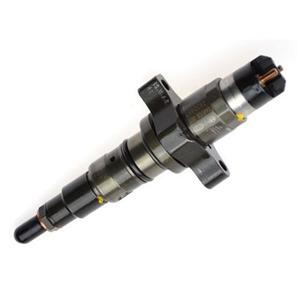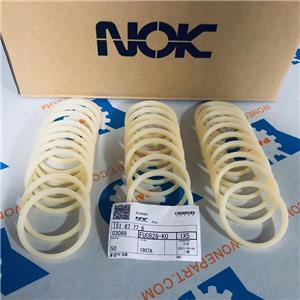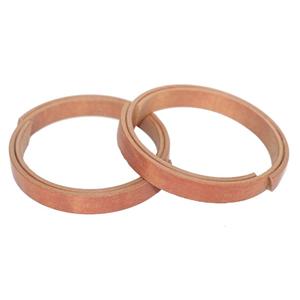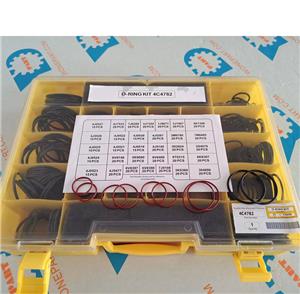Working principle of hydraulic sequence valve from wonepart
Working principle of hydraulic sequence valve from wonepart
The sequence valve is a pressure valve used when a hydraulic pump needs to supply two or more hydraulic actuators to operate in a certain sequence. The control pressure can be its own pressure or external oil pressure. Its structure and operating principle are very similar to the relief valve, and the difference is that the outlet of the sequence valve is directly connected to the actuator, and there is a special drain port.
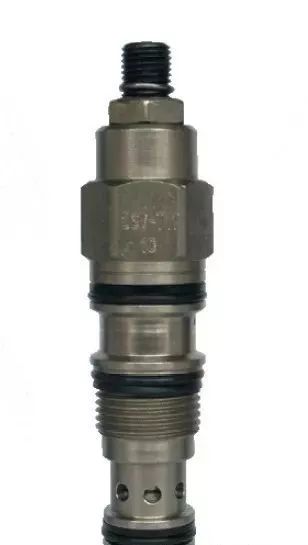
1.Sequence valve working principle

The hydraulic oil enters the sequence valve from the oil inlet, acts on the lower end of the spool through the channel, and the spool moves to the left until the pressure acting on the spool is balanced with the spring force. When the pressure reaches the set pressure, the spring is pushed against the spring force to push the spool Move to the left, the sequence valve opens, and the hydraulic oil enters the hydraulic actuator behind the sequence valve to realize the sequence action control of the element.
2.Working principle of one-way sequence valve
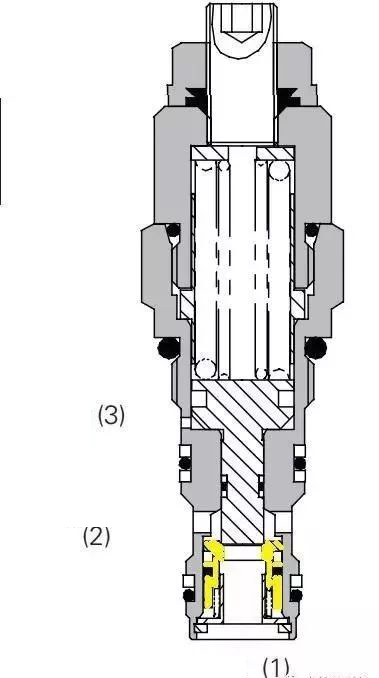
3.Plug-in check valve structure
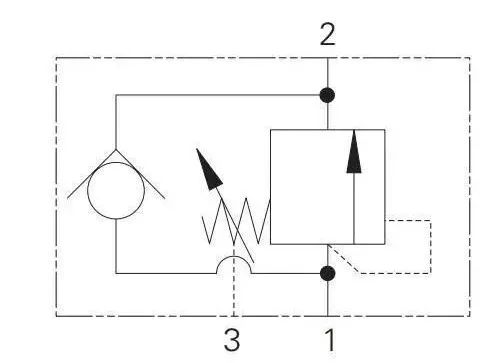
4.Principle symbol of one-way sequence valve
A reverse check valve is set between the inlet and outlet of the sequence valve, which becomes a one-way sequence valve. When the hydraulic oil enters the one-way sequence valve (forward direction) from the oil inlet, when the set pressure is reached, the valve core moves up, and the inlet (1) and the outlet (2) communicate with each other. The role of sequence control; when the hydraulic oil enters the one-way sequence valve (reverse) from the outlet (2), the yellow spool moves under the pressure of the hydraulic oil, the outlet communicates with the inlet, and the hydraulic oil passes through the check valve The sequence valve does not work and cannot control the sequence.
The upper valve body is rotated by 180 °, so that the drain hole of the spring cavity communicates with the oil outlet, and is connected to the fuel tank, and the sequence valve becomes an unloading valve.
5.Application of sequence valve
Sequence valves and check valves are often used together to form a one-way sequence valve. In the hydraulic transmission system, according to different loads, it is generally necessary to enter the working state in a certain sequence. At this time, a sequence valve needs to be used for control.
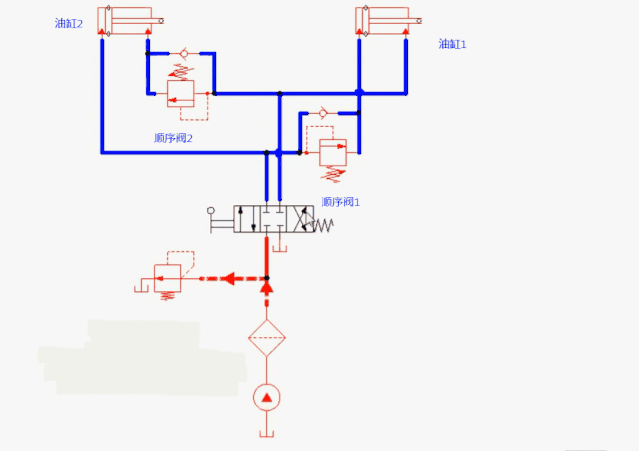
In the outrigger hydraulic circuit of the automobile crane, the hydraulic oil controls the two outriggers before and after the work. In order to maintain the stability of the machine, the control of the sequence valve allows the outriggers to extend the back legs (cylinder 2). The front leg (cylinder 1), and when the outrigger is retracted, the front leg (cylinder 1) and then the rear leg (cylinder 2) are retracted.
The selector valve works in the left position, and the hydraulic oil first enters the rodless cavity of the rear leg hydraulic cylinder (cylinder 2), and the rod cavity returns to the tank through the check valve of the one-way sequence valve 2. When the rear leg (cylinder 2) is extended to touch the ground and the oil pressure rises enough to open sequence valve 1, the hydraulic oil enters the rodless cavity of the front leg hydraulic (cylinder 1) and the front leg extends.
The reversing valve works in the right position. The hydraulic oil first enters the front leg hydraulic cylinder (cylinder 1). After the front leg (cylinder 1) is fully retracted, the hydraulic oil will enter the rod cavity of the rear leg hydraulic cylinder (cylinder 2) when the oil pressure rises enough to open the sequence valve 2. The one-way sequence valve 2 of the rodless cavity of the cylinder 2 The check valve returns to the fuel tank and the hind legs retract.
If you have any other hydraulic pump parts or hydraulic pump valve questions, pls feel free to contact us via http://www.wonepart.com/product/hydraulic-pump-valve or email info@wonepart.com we will be at service at any time.
Journal of Construction Machinery and Maintenance
